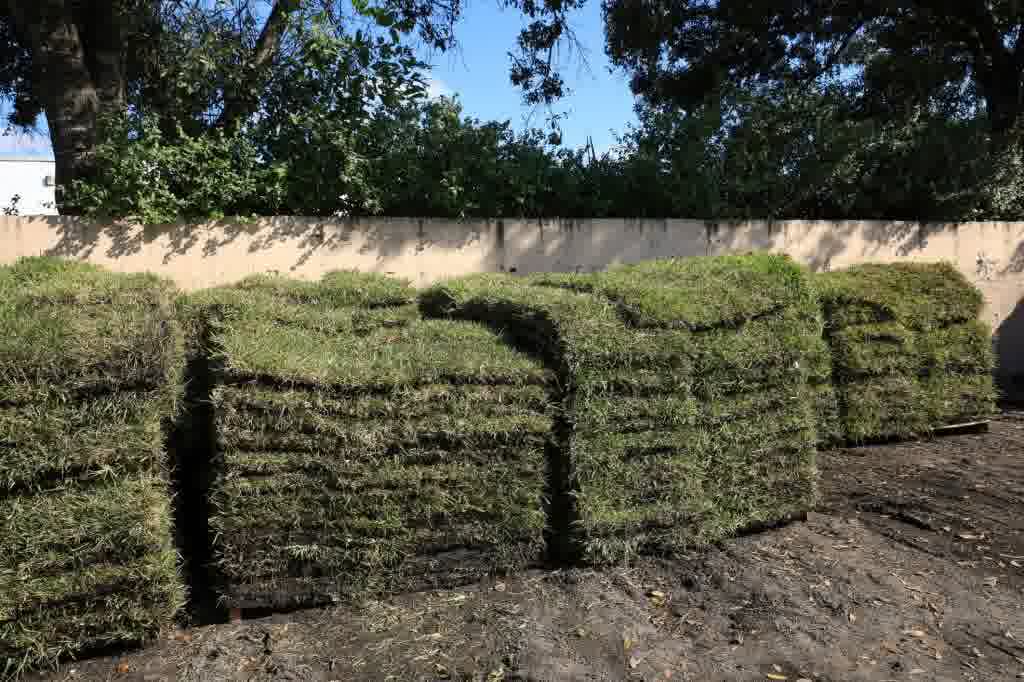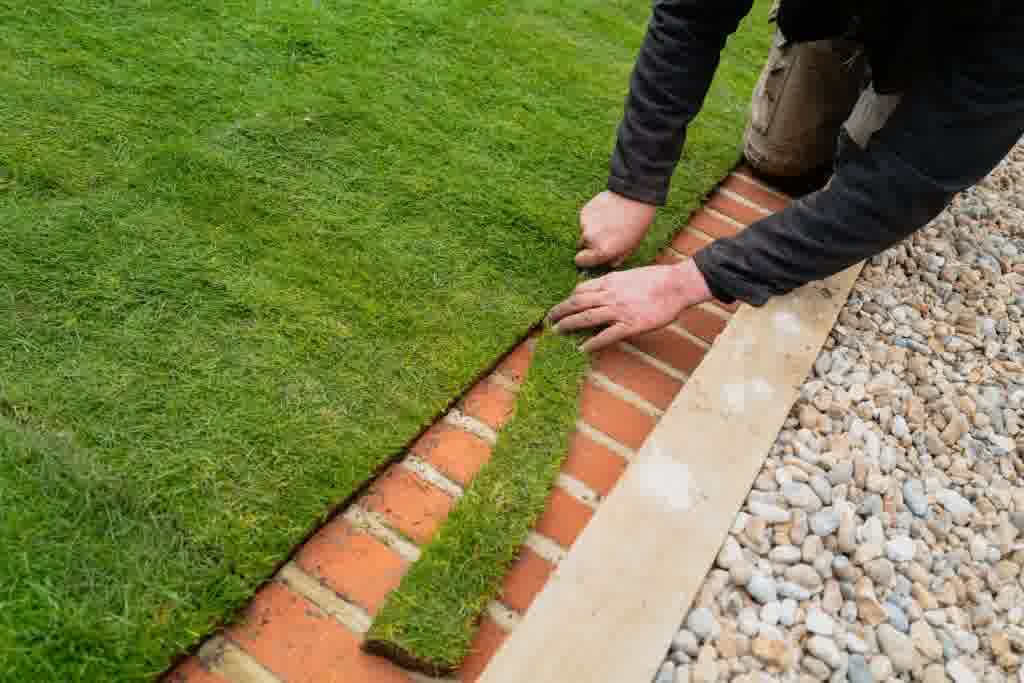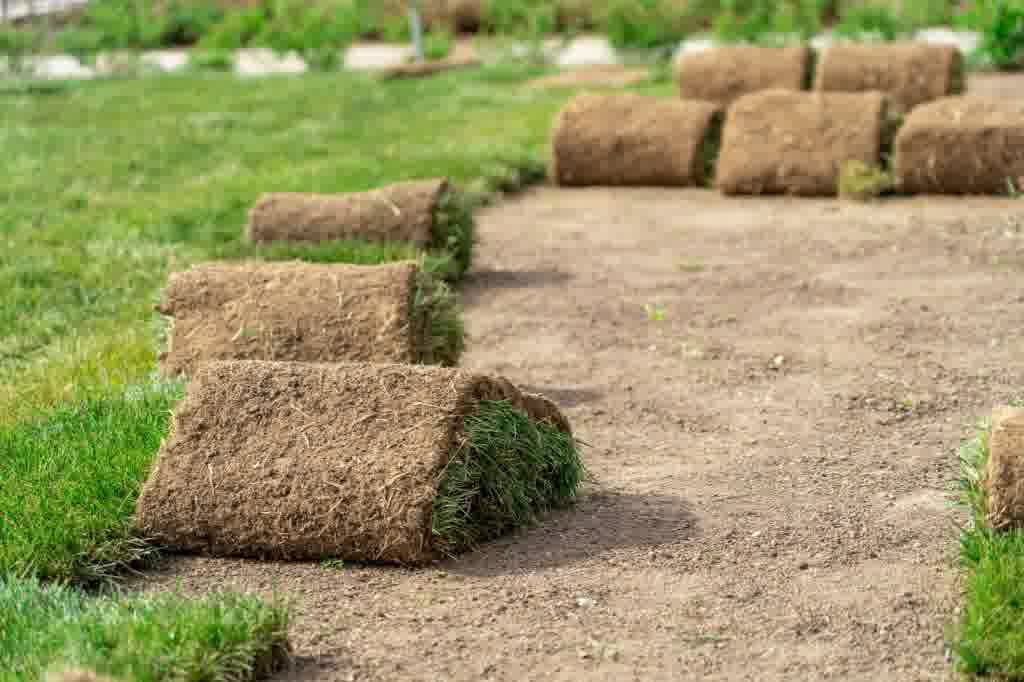Introduction: Laying fresh sod is a fast and effective way to give your lawn an instant facelift. But what many homeowners don’t realize is that the first 14 days after sod installation are absolutely critical. Watering during this time isn’t just a chore—it’s the foundation for long-term lawn health. Without the right watering schedule, even the best sod can dry out, shrink, and die before it ever has a chance to take root. If you want your lawn to be thick, green, and thriving, understanding proper watering techniques during this early window is key.
The first two weeks are all about helping the sod’s roots make contact with the soil and start establishing themselves. This requires moisture, not too much and definitely not too little. Striking that balance starts the moment the sod is laid. Let’s walk through everything you need to know about watering sod the right way and why those early days are so vital.
Best Watering Practices for New Sod
Day One to Day Seven: Keeping It Constant
The moment your new sod is installed, the clock starts ticking. The first seven days are all about keeping the sod consistently moist. This means watering several times a day, typically morning, midday, and early evening. The idea is to prevent the roots and soil beneath from drying out.
The top inch of soil should always feel damp to the touch. If it begins to dry out or look cracked, you’re underwatering. On the other hand, standing water or a spongy feel is a sign of overwatering. Walk the line carefully. New sod doesn’t have a root system yet, so it depends entirely on external moisture to survive.
During this stage, avoid foot traffic and mowing. Focus only on watering thoroughly and evenly, especially along the seams and edges, where sod dries out the fastest.
Day Eight to Fourteen: Encouraging Root Growth
After about a week of frequent watering, the sod begins to show signs of bonding with the soil below. This is when you can start tapering off the watering sessions. Instead of three times a day, reduce to once or twice, depending on weather conditions. Early morning remains the ideal time for irrigation, as it minimizes evaporation and fungal growth.
This is also the phase where you can gently check root development. Tug on a few corners of sod—if there’s some resistance, roots are beginning to form. That’s a good sign. This means you can start increasing the duration of each watering to encourage deeper root growth while decreasing the frequency.

Common Mistakes Homeowners Make When Watering Sod
Overwatering New Sod
Many homeowners believe more water is always better, but that’s not the case. Overwatering creates soggy, compacted soil that suffocates the sod’s developing roots. It can also lead to fungal growth and root rot, two common problems that can devastate a brand-new lawn.
Sod that sits in water too long often turns yellow, becomes soft, and may start lifting from the soil. This is a clear sign it’s being watered too much or too often. Stick to light, consistent watering during the first week, then transition into less frequent, deeper watering by week two.
Underwatering in Hot Weather
During summer months, failing to water often enough can burn sod out before it has a chance to root. If your sod starts turning blue-gray, curling up at the edges, or feeling crunchy underfoot, it’s dehydrated. These signs mean the roots are struggling and need immediate moisture.
This is especially important in areas that experience full sun or dry heat. In those cases, more frequent watering may be needed to keep up with evaporation rates. Don’t rely solely on rain—new sod almost always needs supplemental watering.

Transitioning to a Long-Term Watering Routine
Week Three and Beyond
If the sod is well rooted by day 14, you can transition to a more typical watering routine. Aim to water deeply two to three times per week, encouraging roots to grow downward into the soil. This builds drought resistance and reduces the need for frequent irrigation.
Now is also the time to resume mowing. Be sure your mower blades are sharp and never cut more than one-third of the grass blade height at once. Mow when the lawn is dry and avoid turning sharply or using heavy equipment that might stress still-fragile roots.
When to Use Irrigation Systems
Homeowners with irrigation systems should set their timers based on season and sod type. Avoid midday watering, as most of the moisture will evaporate before it soaks in. Smart irrigation controllers can help adjust run times based on weather, which is especially helpful during transitional periods.
Manual watering with a hose and sprinkler may give you better control in the early weeks, especially if you’re able to monitor areas that dry out faster. Eventually, automated systems can take over once roots are deep and the lawn is stable.

Conclusion
Watering sod isn’t just about keeping it green. It’s about setting the stage for a strong, long-lasting lawn. The first 14 days after installation determine whether the sod will thrive or struggle. Water too little and the roots dry out. Water too much and the sod rots before it establishes.
By following a smart watering schedule—frequent and shallow in the first week, transitioning to deeper and less frequent in the second—you’re giving your new lawn the best shot at success. Take the time to do it right and your sod will reward you with years of thick, healthy grass. Don’t wait a moment longer, and get in touch with us as soon as possible to learn more about your sod installation as well as our Landscaping, Fire Pits, Patios services.

SERVICES
Landscaping
Fire Pits
Patios
Driveways
Pavers
Landscape Lighting
Hardscaping
Retaining Walls
Artificial Turf
Landscape Design
Pergola Patios
Mulching
Sod Installation
Outdoor Living Space
Concrete
Irrigation Installation
Lawn Maintenance
Yard Clean Up
Irrigation Repair
Lawn Mowing
Fence Installation
Deck Construction
French Drains

"*" indicates required fields
 nikk@southernlovelandscaping.com
nikk@southernlovelandscaping.com